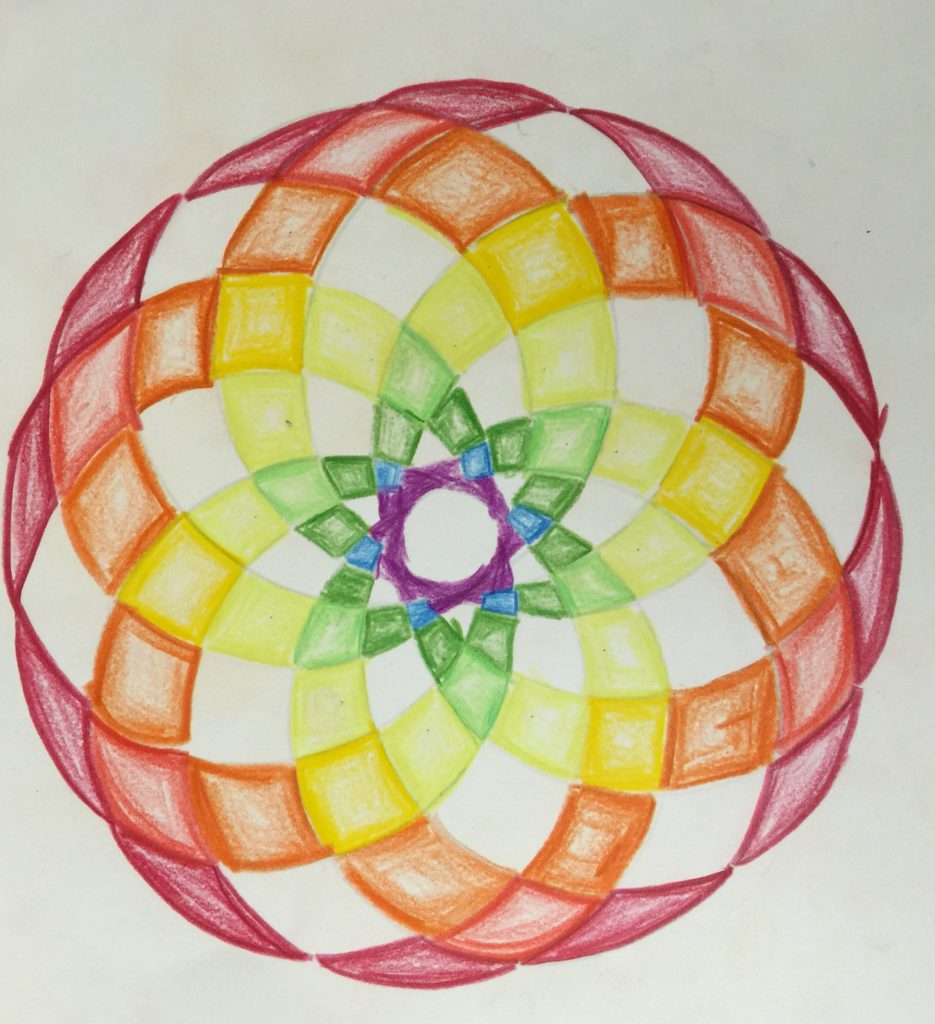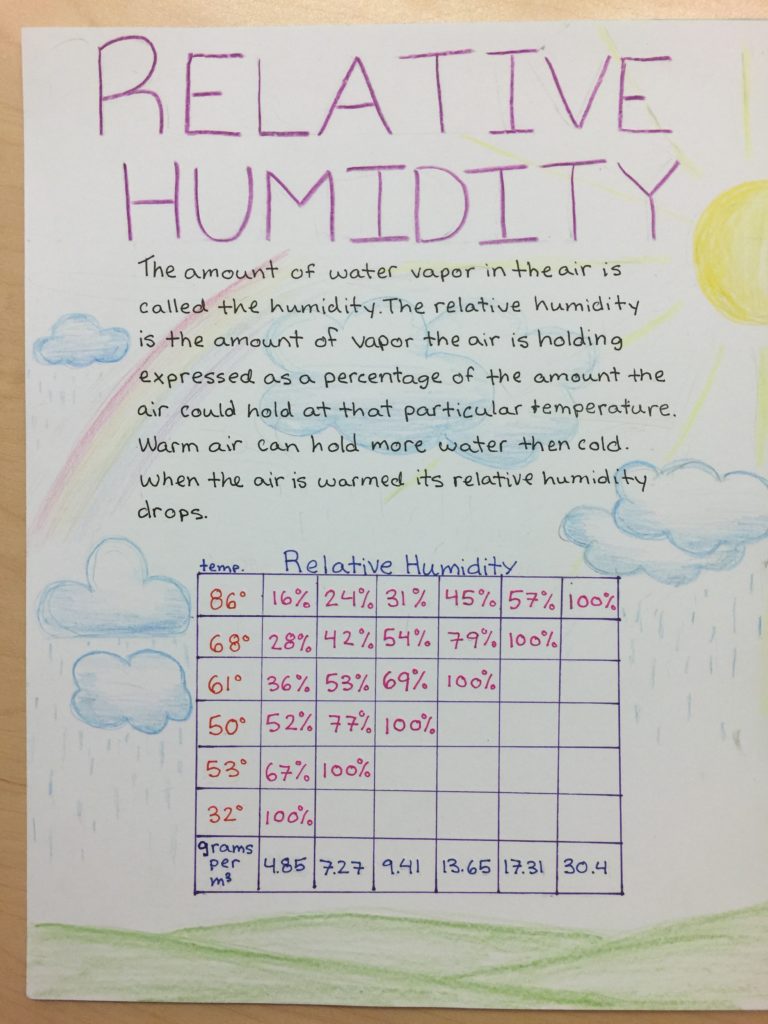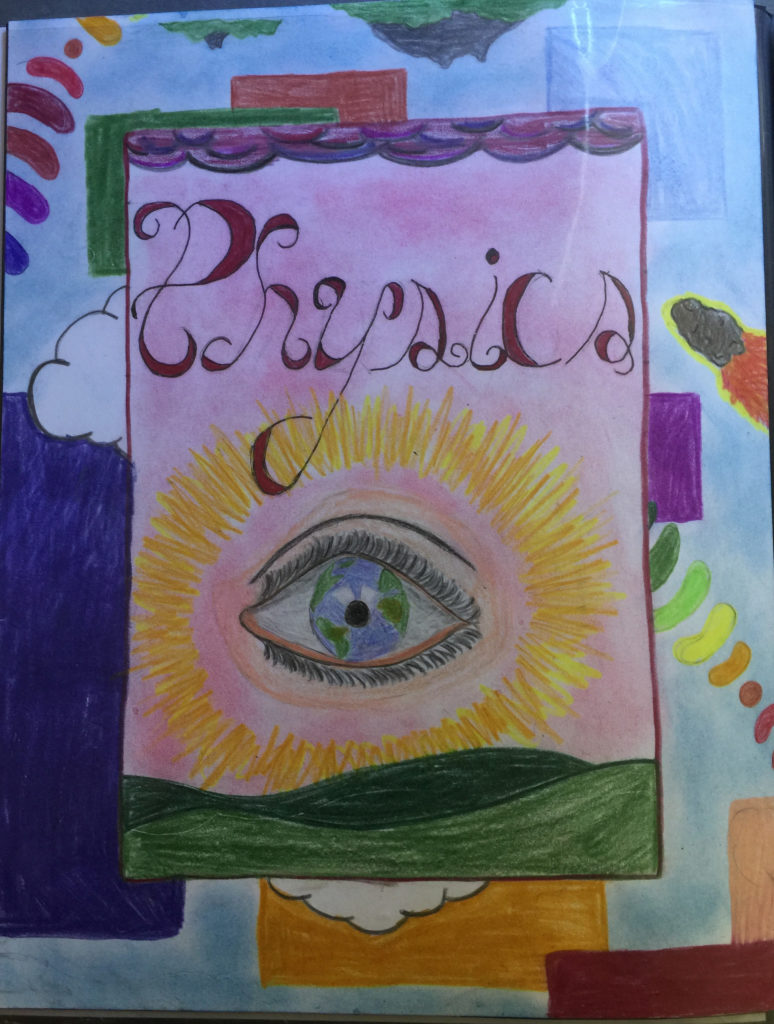 My students create some pretty beautiful main lesson pages, and I’m a firm believer that the high quality supplies that they use are a huge part of making that work so successful. Over the years I’ve developed a list of Waldorf drawing supplies that I think every student must have.
My students create some pretty beautiful main lesson pages, and I’m a firm believer that the high quality supplies that they use are a huge part of making that work so successful. Over the years I’ve developed a list of Waldorf drawing supplies that I think every student must have.
If you’re like me and not wanting to add the accumulation of stuff in your household, these consumable art supplies and useful resources can be a great solution.
Resource Books
When my students were younger, I was their primary resource for main lesson page inspiration. So in those years, I sometimes turned to these books myself when completing sample main lesson pages. Now that they’re quite a bit more independent, I keep these resource books on the shelf in the classroom and they frequently pull them off the shelf when looking for inspiration.
20 Ways to Draw a Tree is just one book from the 20 Ways to Draw series. The other books in the series (20 Ways to Draw a Star, . . . a Dress, . . . a Cat) are also good, but I’ve found this one to be most useful. The drawings are a bit stylized, and definitely full of outlines, so they don’t fall in line with the traditional method of teaching Waldorf drawing. But for older students who are looking for something a little more fun, interesting and different, these books are great resources. I love sitting down with them myself and just doodling away.
The Art of Zentangle is a resource that I brought into my classroom when my students were in fifth grade. Looking back, I could have definitely brought this earlier than that, though. This book is full of fantastic inspiration for borders. I have found that starting around fifth grade, students are capable of drawing rich, illustrated borders, but they need to be encouraged (and even pushed a bit) to do so. A resource like this can make the whole process much easier. There are plenty of other Zentangle books out there, too, so poke around a bit on Amazon to find more resources.
Decorative Ornament is just one of many ornament books out on the market, many of which are written by Owen Jones. This isn’t the book that I own and use, but I’m sure it’s just as valuable. This is the one I have, but according to the Amazon reviews, the paperback version does not contain actual images of the designs — which is the whole point of the book. So, if you do end up getting this one, make sure you get the hardback. This is another great book for borders and designs that can be used to fill out pages.
Some sort of creative lettering resource is an absolute must for the classroom. In the upper grades, it is sometimes difficult to find a way to bring an artistic touch to long compositions. It is also difficult to find the time to put into a complex border or drawing. So sometimes, the title is the only artistic part of a main lesson page. I have sometimes downloaded different fonts and given the students alphabet pages, but it is good for them to see examples of how these different kinds of letters can go together to create a complete title. Hand lettering books are great for that. There is a lot of interest in hand-lettering and modern calligraphy these days, so these resources are really easy to find.
 Drawing Supplies
Drawing Supplies
I’ve written about my favorite drawing supplies before, but I’ve had a few more ideas to add to the list.
- Lyra Super Ferby Colored Pencils — These are my favorite, right through eighth grade. Even my Waldorf grads use them in their high school art classes (and their non-Waldorf classmates ask where they can get them.) The pigment just can’t be beat.
- A good black pen — The Pilot G2 is my favorite — and it’s pretty cheap. Some people love the Sakura Micron pens that many professional cartoonists use. I have to confess, I’m not a huge fan of how they feel in my hand, but they do write beautifully, and they’re so popular, they’re worth checking out.
- Oil Crayons — I love the Caran d’Ache Neocolor water-soluble crayons. They’ve got incredible pigment and you can go over them with water to blend the color. Just fantastic.
- A water brush pen — This is brand new to my list of supplies and I can’t tell you how much I love it. I bought a few for myself over the summer and started experimenting with them and I just can’t get enough! They are great for hand-lettered titles. They are also great for adding a little bit of water to manipulate the pigment of the Caran d’Ache crayons. You can even dip them into your watercolor paint to create lovely watercolor lettering. It takes a little bit of practice to master, but it’s well-worth the effort.

Paper
This is a huge topic and there are a lot different ways you can go when it comes to paper. First of all, after fifth grade, I do not recommend working in main lesson books. While the paper in Mercurius main lesson books is pretty good, I like to give older students the flexibility to start pages over if they would like, without worrying about running out of pages in the book. So, with that said, I have a couple of recommendations, depending on your budget.
The expensive option — Strathmore Mixed Media 140 lb. paper. This paper is good for watercolor, drawing, writing — basically anything. I love the really heavy weight of the paper and when all of those pages get bound together, it creates a really substantial book. It is expensive, though. While I am in full support of spending money for good materials, if worry about wasting paper is going to stifle creativity, this may not be the way you want to go.
The less-expensive option — Canson XL Bristol pad. This was the paper my students used in 7th grade and I loved it. It was nice and white and it comes in both smooth and vellum (I prefer vellum.) The paper is a good weight and while it is still expensive, it’s not ridiculously so. Still, you might want to have access to some affordable paper, as well.
The cheapest option — basic white cardstock from your local office store. This is what we’re using this year and I’m finding it to be pretty satisfactory. The one drawback is that the pages are 8 1/2 X 11 instead of 9 X 12, which means we can’t bind our paintings in with our main lesson books, but that’s okay. That just means we’re free to paint on much larger paper. I do recommend trying a couple of different brands and styles. Generally cardstock comes in both smooth and vellum, so test them out and see which you prefer.
Binding
If you’re working on loose paper, you’ll need a way to bind all of those pages together. Our school invested in a good coil binding machine and this is the one we use. There are definitely more affordable options out there, but this one stands up to the hundreds of books we bind each year.








Leave a Reply